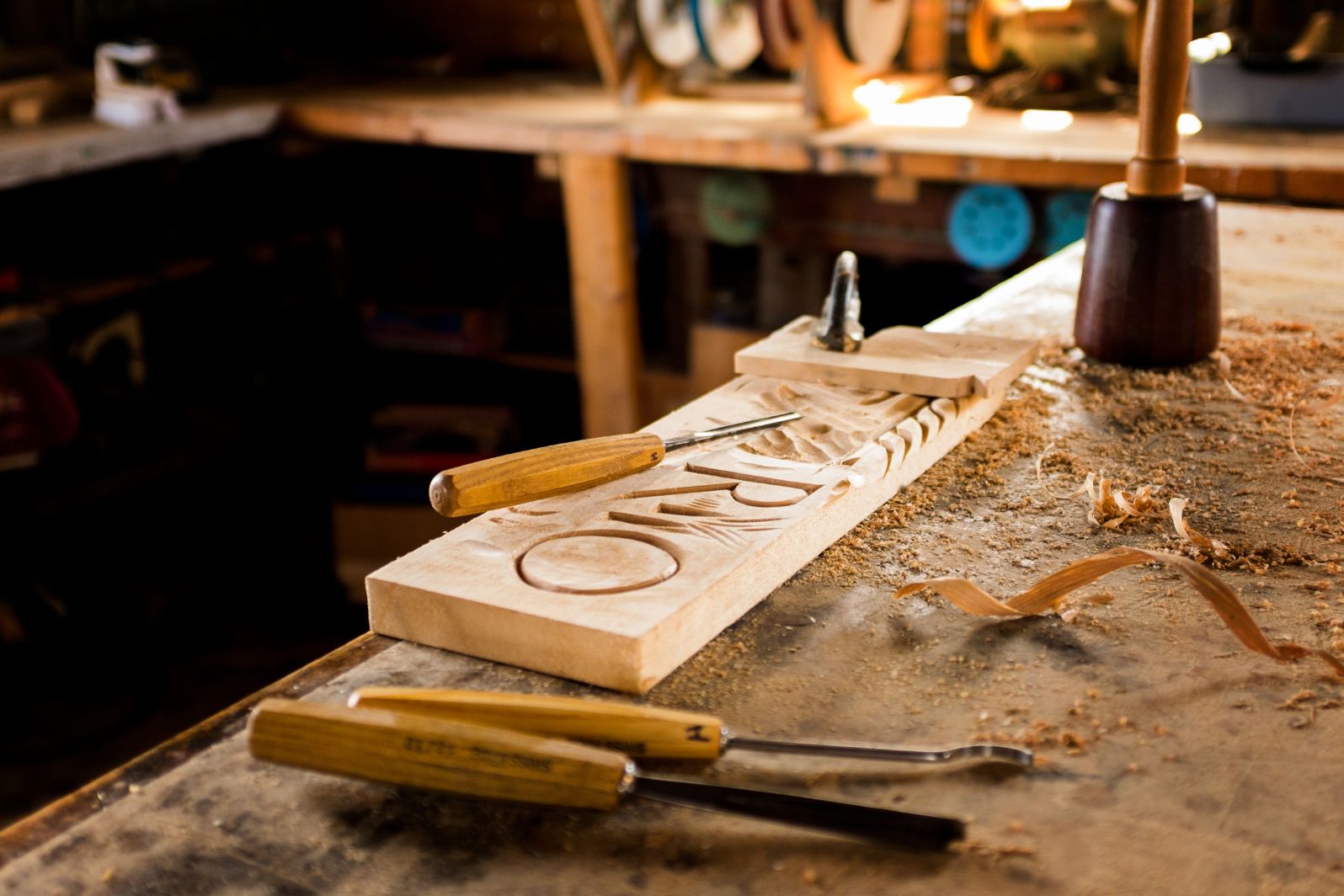Did you know that the global wood carving tools market is expected to reach $225.26 million by 2031? This just goes to show how valuable and timeless the art of wood carving truly is.
One of the most renowned and prestigious countries for wood carving is Italy. Italian wood carvings hold a unique place in the annals of art history.
These intricate masterpieces showcase the skill and creativity of their creators. It also serves as cultural artifacts that tell stories of bygone eras.
In this article, we will explore the rich history of Italian wood carving. Read on to discover more about this captivating art form.
Table of Contents
Early Origins
The roots of Italian wood art can be traced back to ancient Roman and Byzantine influences. In these early periods, wood was an available material used for various purposes. This includes religious and decorative art.
Roman artisans often created intricate wooden sculptures and reliefs. This is to adorn temples and public buildings. These early works laid the foundation for the development of wood carving techniques.
The influence of Byzantine styles can be seen in the intricate details and religious themes. These early works often featured scenes from the Bible, saints, and other religious figures. This reflects the deep spiritual significance of wood carving in ancient Italy.
Renaissance Revival
The Renaissance period saw a revival of interest in the arts and traditional techniques. This was also true for wood carving, which experienced a resurgence in popularity during this time.
Italian sculptors such as Donatello and Michelangelo used wood carving to create some of their most famous works. The intricate details and lifelike qualities of these sculptures showcased the skill and mastery of these artists.
During this period, different regions in Italy developed their unique styles and techniques. This led to the diversity seen in Italian wood carvings today.
Baroque Brilliance
As Italy entered the Baroque era, wood carving continued to flourish. This period saw a rise in ornate designs that featured exaggerated features and dramatic poses.
One of the most famous examples of Baroque wood carving is the elaborate wooden choir stalls found in St. Peter’s Basilica in Rome. These intricate pieces took over 40 years to complete and are considered some of the most impressive works of Italian wood carving.
Moreover, Baroque wood carvings were also used in furniture and interior design. Ornate details and elaborate designs adorned the palaces and grand homes of the wealthy elite. This
Neoclassical Elegance
The Neoclassical period brought a shift towards simplicity and symmetry in Italian carved wooden art. Carvings during this time featured clean lines, minimalistic designs, and a focus on proportion.
This era saw a departure from the ornate and dramatic styles of the Baroque period. It opted for refined and understated elegance.
One of the most famous neoclassical wood carvings is the iconic furniture pieces created by Giuseppe Maggiolini. His intricate designs and use of geometric shapes are still admired and emulated today.
19th Century Romanticism
The 19th century was dominated by Romanticism. It emphasized emotion, nature, and individualism. Italian wood art during this period reflected these values through intricate and expressive designs.
Carvers would incorporate natural elements like flowers, leaves, and animals into their works. They infuse them with a sense of movement and life.
The Romantic era’s focus on storytelling and emotional impact revitalized the art form. This makes it popular among both secular and religious communities.
Art Nouveau and Art Deco Movements
The transition from the 19th to the 20th century saw the emergence of the Art Nouveau and Art Deco movements. They had a profound impact on Italian decorative wood art.
The Art Nouveau movement introduced distinctive flowing lines and organic motifs. This style emphasized natural forms, such as flowers and plants. This led to the creation of elegant and intricate wood carvings that seemed almost alive.
The Art Deco movement introduced a more streamlined, geometric approach. This style celebrated modernity and technological advancement. Italian wood carvers incorporated this style into their designs, creating bold and dynamic pieces that reflected the changing times.
Mid-20th Century Modernism
This movement was characterized by a departure from traditional forms and the embrace of abstraction and experimentation. Italian artisans began to explore innovative techniques and materials. They started blending wood with other elements such as metal and glass.
The emphasis was placed on form and function, often resulting in minimalist yet striking designs. This era marked a period of substantial transformation in Italian wood art. It opened up new avenues for future generations of wood carvers to explore.
It also marked the beginning of a global appreciation for Italian wood carvings. Today, these masterpieces can be found in museums, art galleries, and private collections around the world.
Contemporary Innovations
Modern Italian wood carvers now use advanced machinery and digital tools. This is to enhance precision and explore new possibilities in design.
Environmental sustainability has become a key focus. Many artisans choose to use responsibly sourced wood and ecologically friendly practices.
Contemporary works often highlight the natural beauty of the wood grain. This creates pieces that are both functional and aesthetically pleasing.
The Modern Era
The modern era has seen a fusion of traditional techniques with contemporary aesthetics. Artists have continued to explore the boundaries of wood as a medium. They experiment with abstract forms, mixed media, and new technologies.
This era has also seen a growing appreciation for handcrafted and bespoke pieces. This has led to a renewed interest in traditional techniques and a resurgence of interest in Italian wood art.
This includes intricate wood carvings used in home decor, furniture, and religious iconography. This can be seen in products like wood tray tables and wooden figurines.
The Evolution of Italian Wood Carvings
Italian wood carvings are a testament to the rich history and cultural heritage of Italy. It has evolved over the centuries. Each era leaves its unique mark on this timeless art form.
Today, it continues to captivate and inspire people around the world. It serves as a reminder of the skill, creativity, and ingenuity of Italian artisans. With its enduring beauty, Italian wood art will continue to thrive for generations to come.
If you enjoyed this article, then check out our other informative blogs. We have a wide variety of topics that will improve anyone’s knowledge base.



